9 GPTs for Advertising Strategies Powered by AI for Free of 2025
AI GPTs for Advertising Strategies refer to the utilization of Generative Pre-trained Transformers, a form of advanced machine learning models, in the realm of advertising. These tools are engineered or modified to handle tasks and challenges specific to advertising strategies, leveraging AI to analyze data, predict trends, create content, and optimize campaigns. The relevance of GPTs in advertising lies in their ability to provide highly tailored solutions that cater to the dynamic needs of marketing campaigns, from generating creative ad copy to offering insights on consumer behavior.
Top 9 GPTs for Advertising Strategies are: Growth Hacker,iGP Manager advisor,Catchphrase & Logo Creator,Prompt Finder GPT for Digital Marketers,Dobby,Jeppe - Din online Amazon-rådgiver,Crown Marketing Mentor,Monetize Master,Beer Buddy
Growth Hacker
Empowering Growth with AI Insight

iGP Manager advisor
Elevate Your iGP Manager Game with AI

Catchphrase & Logo Creator
Craft Your Brand's Voice and Vision with AI

Prompt Finder GPT for Digital Marketers
AI-Powered Digital Marketing Assistant
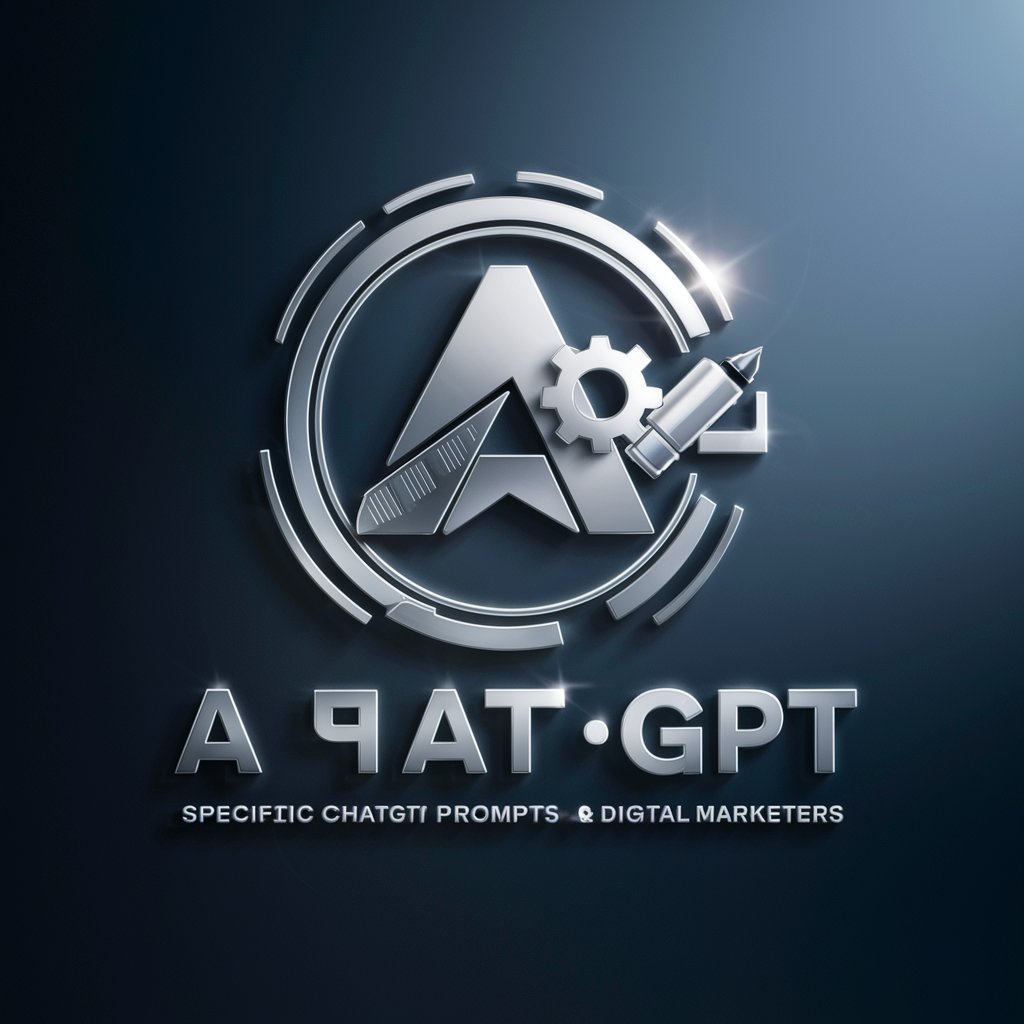
Dobby
Empowering Your Potential with AI
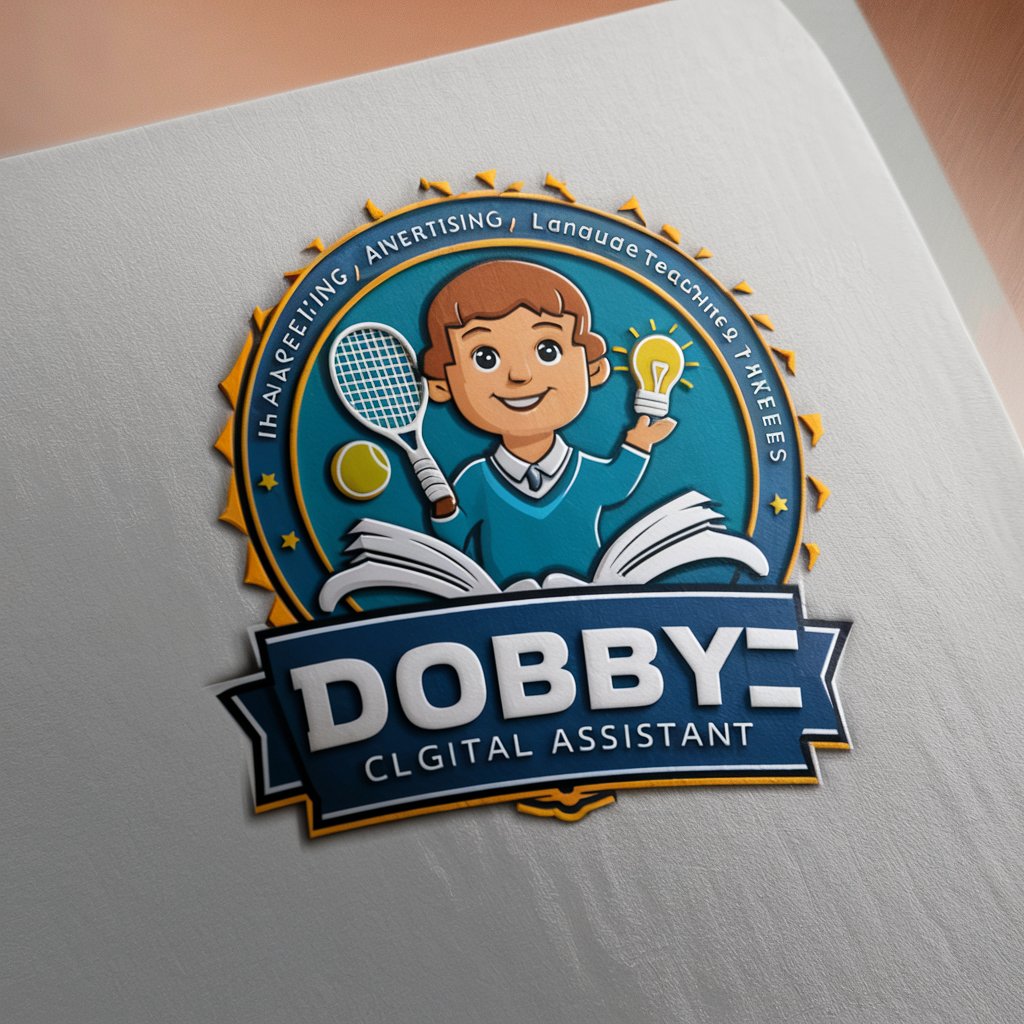
Jeppe - Din online Amazon-rådgiver
Empowering your Amazon success with AI
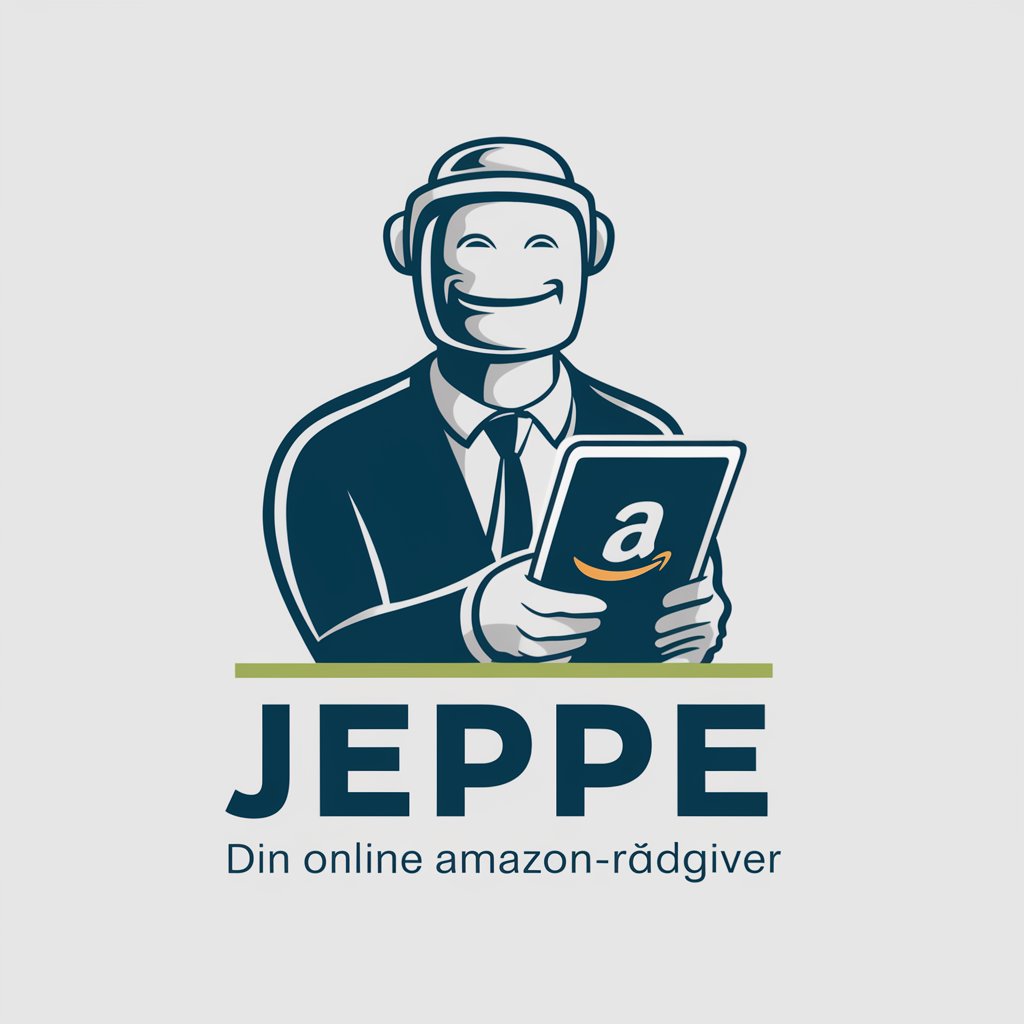
Crown Marketing Mentor
Empowering SMEs with AI-Driven Marketing Insights
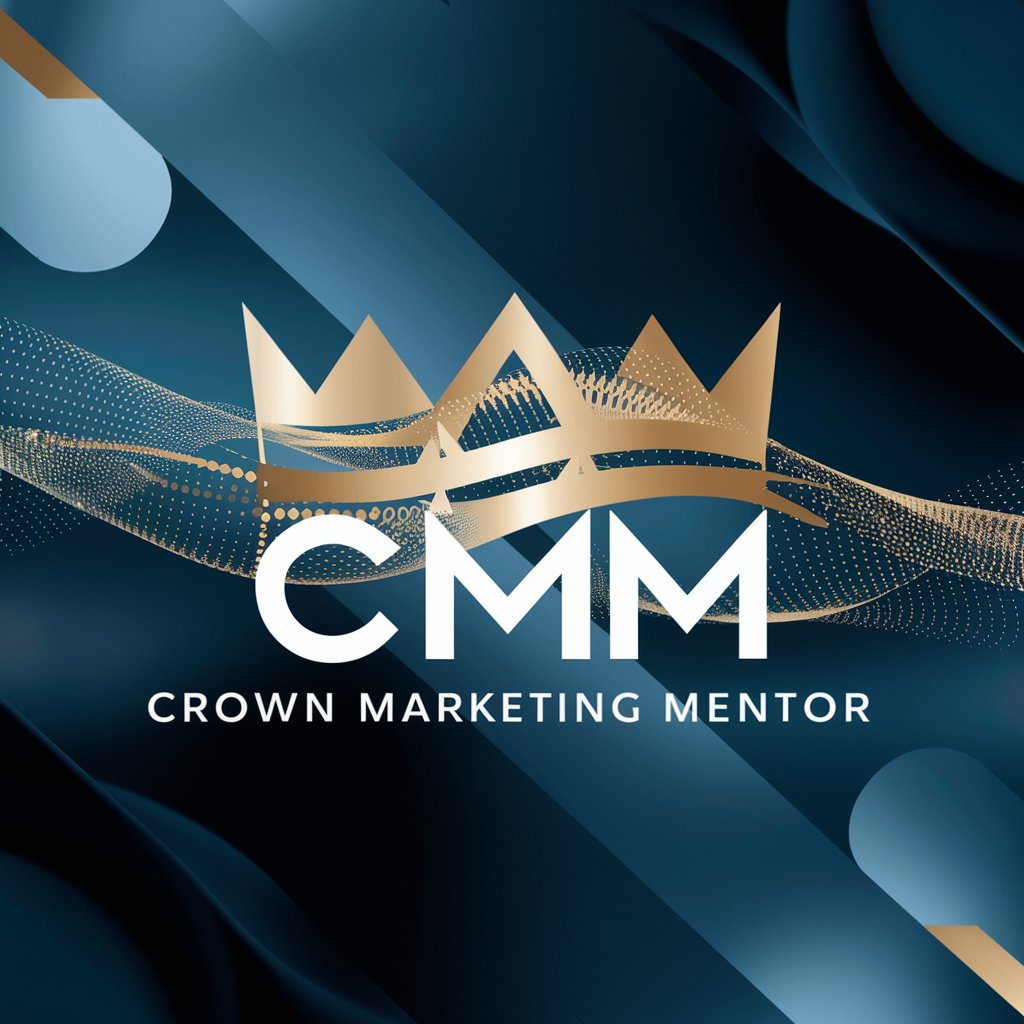
Monetize Master
Optimize revenue with AI-powered strategies
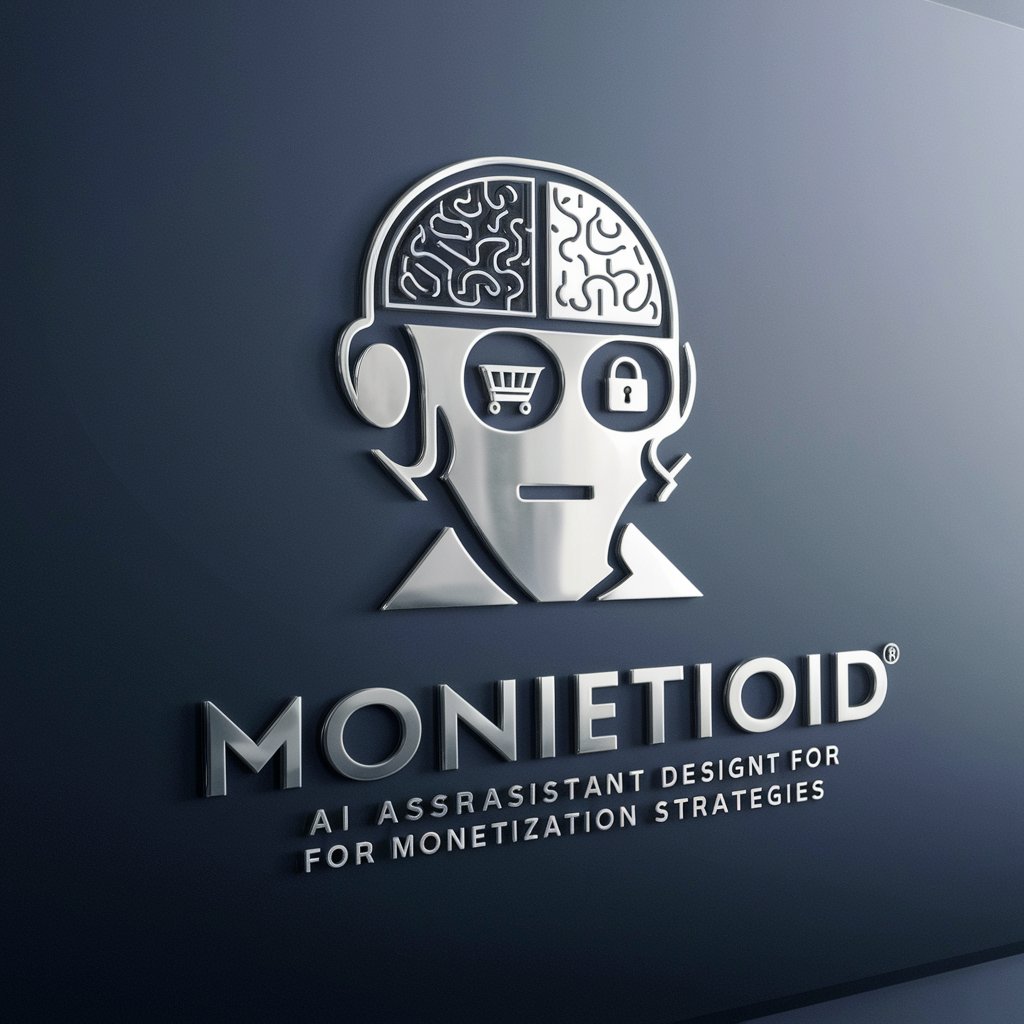
Beer Buddy
Decoding Beer Trends with AI
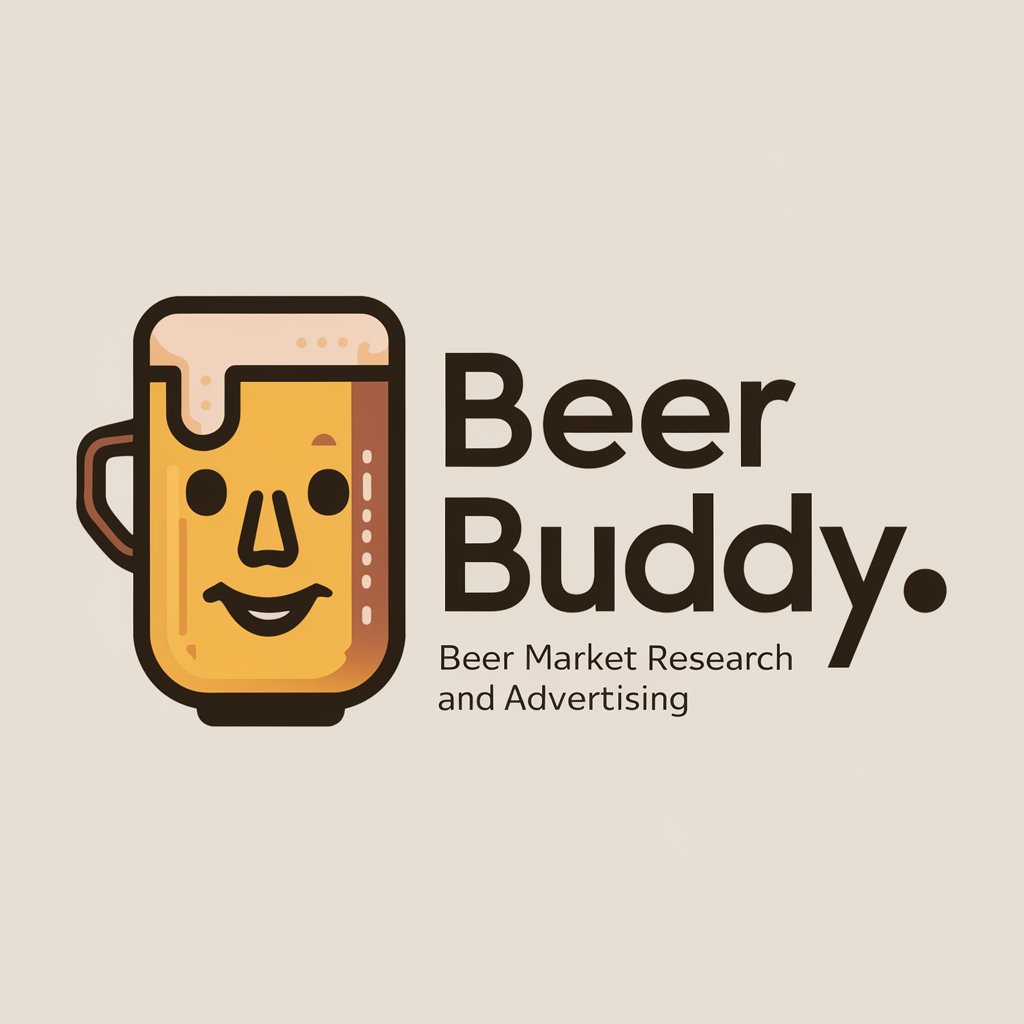
Key Attributes and Capabilities
AI GPTs for Advertising Strategies boast a suite of unique characteristics and capabilities that set them apart. These include the adaptability to handle a wide range of functions, from generating engaging content to performing complex market analyses. Notable features include advanced language understanding for creating compelling ad copy, technical support for data-driven decision-making, web searching capabilities for real-time market insights, image creation for visual advertising, and sophisticated data analysis tools for understanding consumer behavior. These features ensure that GPTs can be customized to meet the specific needs of any advertising strategy, making them invaluable tools in the marketer's toolkit.
Who Benefits from AI GPTs in Advertising
The primary beneficiaries of AI GPTs for Advertising Strategies include marketing novices seeking to leverage AI for creative content, developers looking for customizable solutions, and advertising professionals aiming to enhance their campaigns with data-driven insights. These tools are designed to be accessible to users without coding skills, offering intuitive interfaces and pre-built templates, while also providing extensive customization options for those with programming expertise, enabling a wide range of users to enhance their advertising strategies with AI.
Try Our other AI GPTs tools for Free
Recovery Aid
Discover how AI GPTs for Recovery Aid leverage advanced technology to support personalized recovery processes, offering guidance, emotional support, and insightful data analysis.
Daily Training
Explore how AI GPTs for Daily Training revolutionize learning and skill development with personalized, adaptive AI-powered tools designed for everyone from novices to professionals.
Style Development
Discover how AI GPTs for Style Development revolutionize creative processes with advanced, adaptable tools for generating and refining content to meet specific style guidelines.
Personalized Scheduling
Discover how AI GPTs for Personalized Scheduling can transform your time management with tailored, efficient, and intelligent scheduling solutions.
Gaming Setup
Discover how AI GPTs revolutionize gaming setups with personalized optimizations, technical support, and the latest in gaming technology.
Conspiracy Theories
Explore AI GPT tools tailored for conspiracy theories, featuring advanced analysis, content generation, and investigative capabilities to delve deeper into the world of conspiracies.
Further Perspectives on AI GPTs in Advertising
AI GPTs function as versatile tools in the advertising sector, offering solutions that range from content creation to deep analytical insights. Their user-friendly interfaces ensure ease of use, while integration capabilities allow for seamless incorporation into existing systems or workflows, highlighting the transformative potential of AI in revolutionizing advertising strategies.
Frequently Asked Questions
What are AI GPTs for Advertising Strategies?
AI GPTs for Advertising Strategies are machine learning models designed to assist in creating, optimizing, and analyzing advertising campaigns using AI.
How can AI GPTs enhance advertising content?
By generating creative and engaging ad copy tailored to the target audience, improving the effectiveness of marketing messages.
Can non-technical users benefit from these tools?
Yes, these tools offer user-friendly interfaces and pre-built templates, making them accessible to non-technical users.
Are these tools customizable for specific advertising needs?
Absolutely, developers and technically skilled users can extensively customize the tools to fit specific campaign requirements.
Do AI GPTs support image creation for ads?
Yes, some GPTs include image creation capabilities, enabling the generation of visual content for advertising.
How do GPTs handle data analysis for advertising?
They utilize advanced algorithms to analyze market data, consumer behavior, and campaign performance, providing actionable insights.
Can these AI tools predict advertising trends?
Yes, by analyzing large datasets, they can identify trends and predict the future direction of consumer interests.
How do they integrate with existing marketing workflows?
Many GPTs offer APIs and integration options, allowing them to seamlessly fit into and enhance existing marketing workflows.